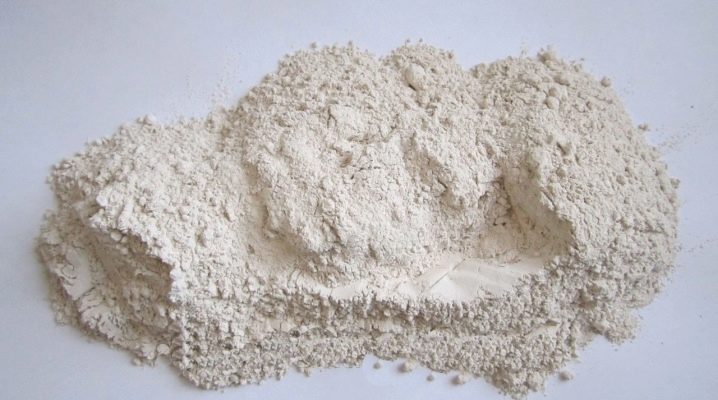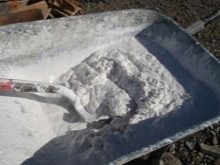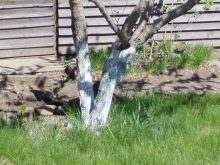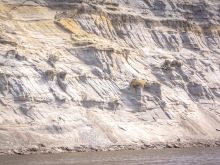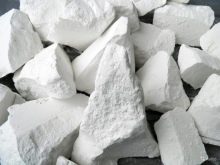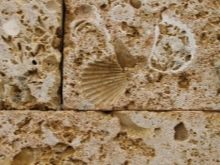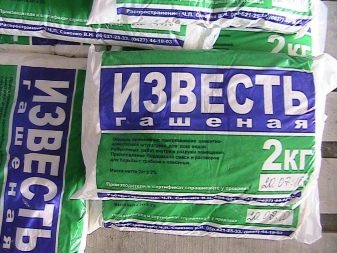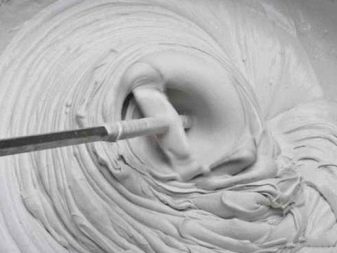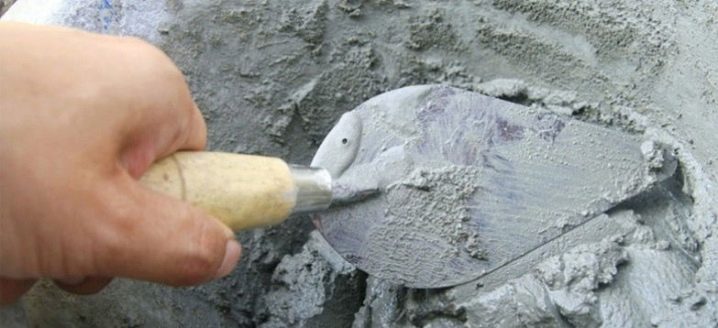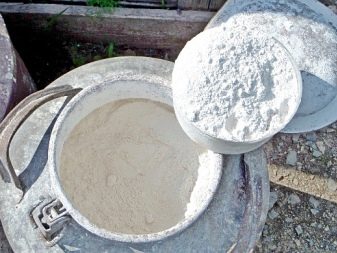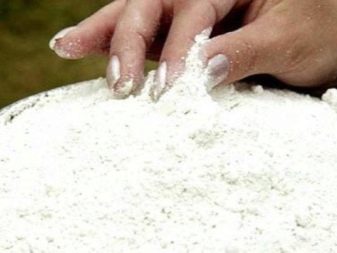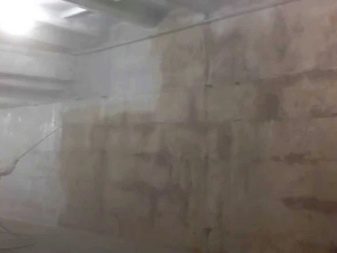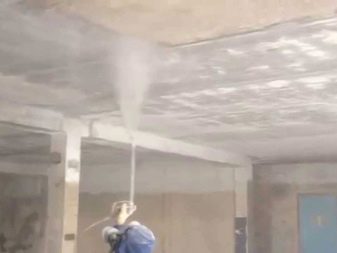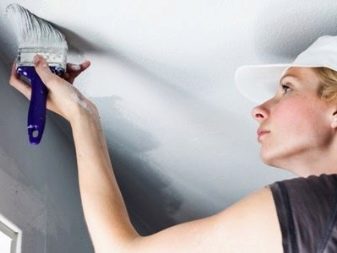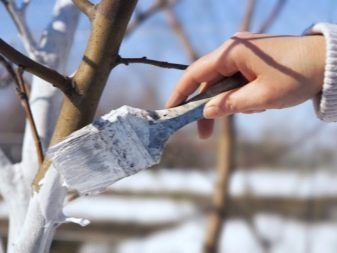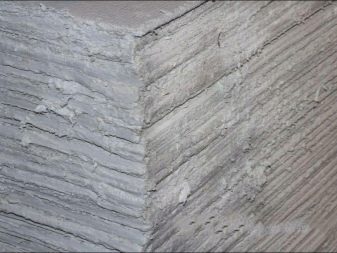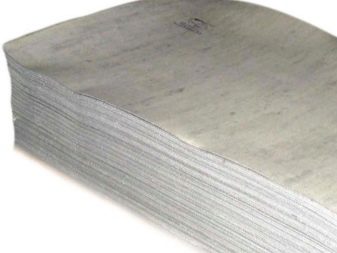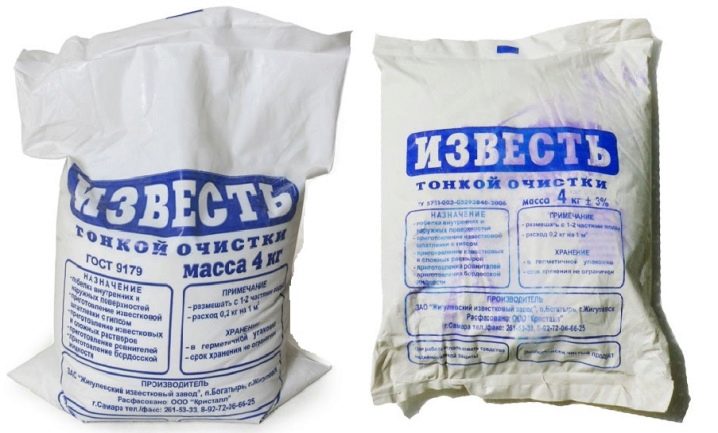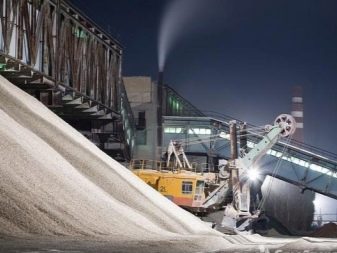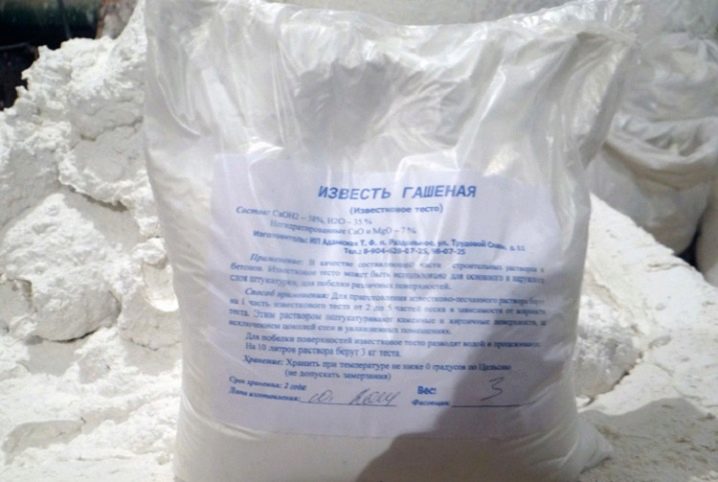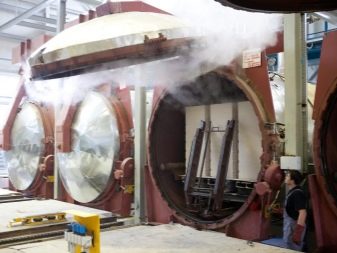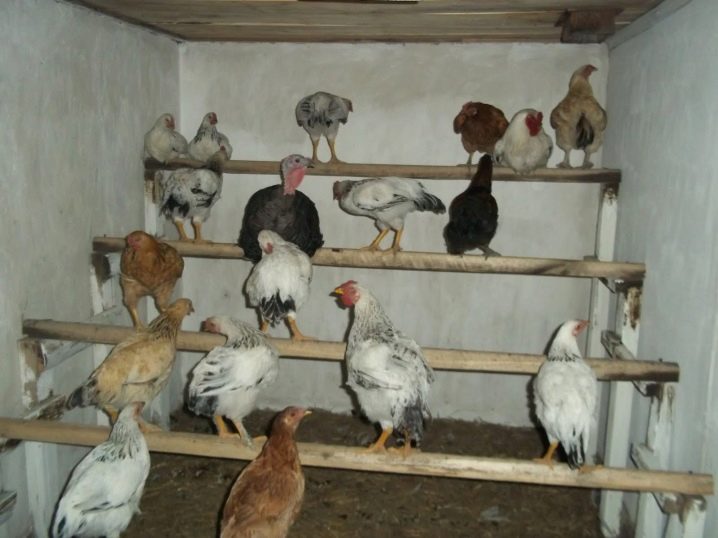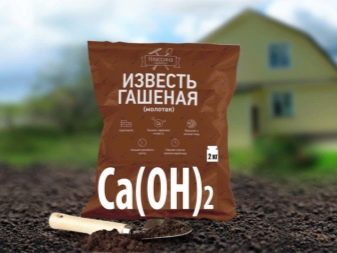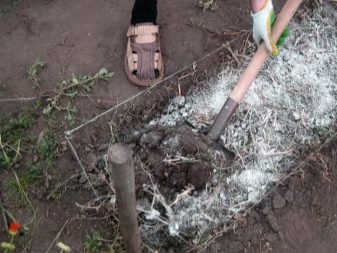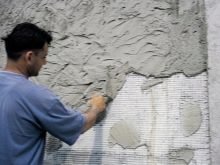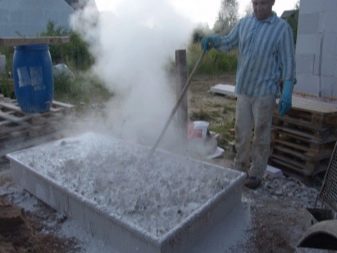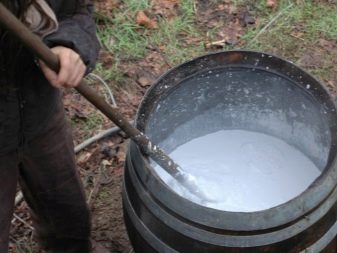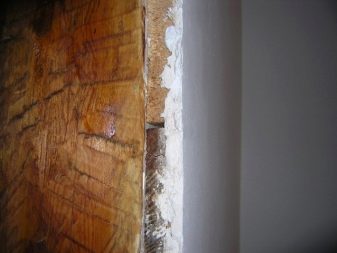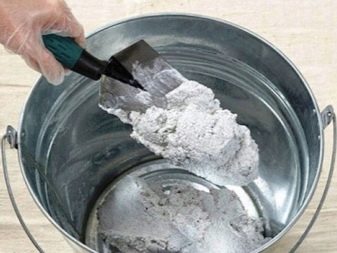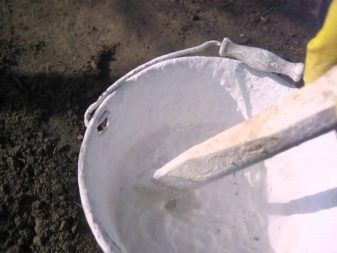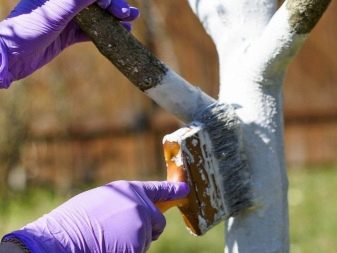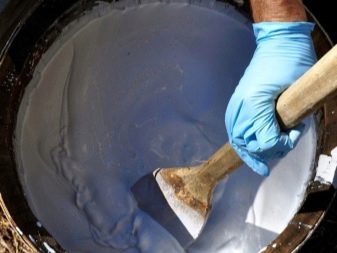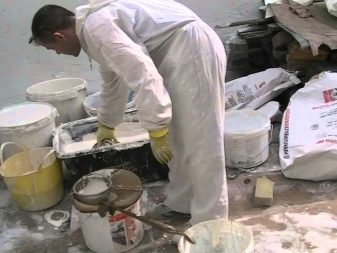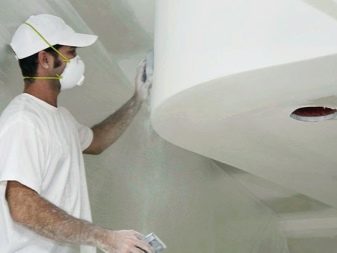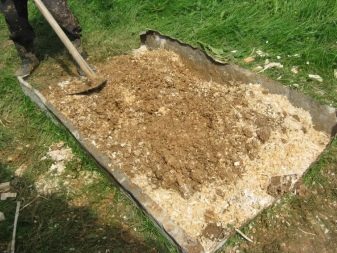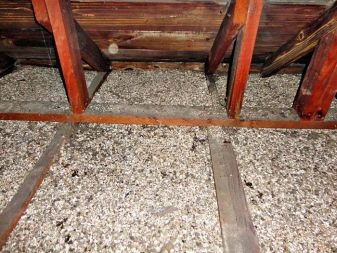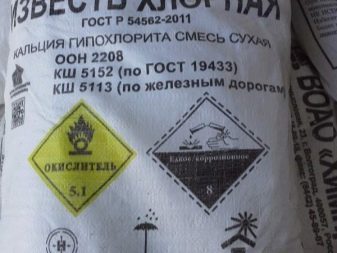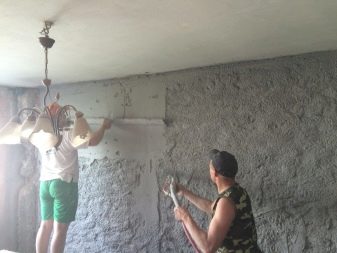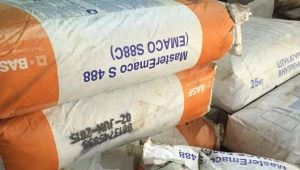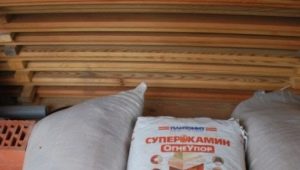Slaked lime: pros and cons
Slaked lime is the main component of various coatings, mixtures and solutions, giving them high performance characteristics. The most unique material known since ancient times, is available in preparation, is stored for a long time, has disinfecting properties, is widely used in industry, household, valuable for a garden and vegetable garden.
Extensive range of lime used due to its low cost.
What it is?
Lime is an industrial product used in metallurgy, construction industry, pulp and paper and chemical industries and for agricultural needs. In considerable volumes and with significant benefits, it is used in solving environmental problems (treatment of wastewater and hazardous gases).
In European countries, its consumption reaches 80 kg per person per year. The total production of the product in the world reaches 300 million tons per year.In Russia, up to 10 million tons of lime are produced each year, of which 4 million tons are for construction. Receive it by the method of burning to the maximum allocation of carbon dioxide of calcium and magnesium rocks. Carbonates are used as raw materials: limestone, chalk, shell rock and other materials.
Special features
Slaked lime (fluff) or calcium hydroxide (Ca (OH) 2) is a chemical compound of an off-white powdery structure that is poorly soluble in water, with characteristic binding and plastic qualities. As a result of hydro quenching, it actively interacts with acids in neutralization reactions.
Particles of calcium in the composition of the substance well retain water, so these mixtures do not harden as quickly as cement. This is the main advantage of lime mortars - the hardening time makes it possible to smooth the surface with a smooth and thin layer. In addition, the product perfectly adheres to brick and concrete textures, which provides the necessary strength after solidification.
If a hydroxide is not used for a long period of time, then the reverse process, which occurs with the absorption of CO2, results in the composition in a solid state.In the sale of the most common pushonka or lump lime.
Advantages and disadvantages
The main advantage of the product, perhaps, can be attributed to the vast scope of its use and low cost of manufacture. In addition, in the process of producing a variety of works with it, there is practically no waste, which brings undoubted economic benefits.
The product perfectly absorbs moisture, which makes it possible to effectively use it as a full-fledged component in the preparation of solutions and mixtures with enhanced strength characteristics. The process of hydration occurs rapidly, with abundant heat generation (exothermic reaction), which ensures uniform solidification of the composition and additional hardening of its surface.
More broadly, the advantages and disadvantages will be considered on the example of the widely used lime plaster with hydrated lime in the composition:
- undoubted thermal insulation quality - plaster allows you to keep the heat in the room, and therefore save on heating;
- fire safety - does not burn and does not sustain combustion;
- it is convenient in work, because it is plastic and does not freeze quickly, that is, it simplifies the working process;
- hygiene - alkaline base counteracts the appearance of mold and fungi;
- vapor permeability - prevents the accumulation of moisture;
- mechanical strength - the surface of the plaster does not crack, even while nailing nails into it.
Disadvantages:
- The duration of the freezing. When layered on the wall (you must wait until the previous layer dries) the repair time is significantly increased.
- The time for self-extinguishing lime is about two weeks or more.
- Lime plaster is not recommended for use in places with high humidity. For example, in the bathroom is better to use cement-lime mortar.
Specifications
The preparation of lime is regulated in detail by state standards. Structurally, the product consists of carbonate substances, mineralized additives (blast-furnace or electrothermophosphorus slags, quartz sands and other inclusions). For each supplement has its own regulations. Any component of the composition in a known manner affects the physical qualities of the product, respectively, and its consumption changes by 1 square meter. m
Burnt lime is produced in three grades (1, 2, 3); quick powder - two varieties; hydrate, with no additives and with them, is divided into first and second grade.
The dispersion of the first and third types must meet special conditions - during the screening of material samples through a sieve (grids No. 02, No. 008, GOST 6613) must pass, respectively, at least 98 and 85% of the entire sample taken.
The rate and complete termination of the quenching reaction, the amount of waste and the level of the final quality of the material depend on numerous factors, including quality of grade, level of ability to chemical reactions, fractional parameters of the raw material, speed and quality of mixing the mixture components, water volumes used, temperature state of the reactants quenching, processing elements and product holding time. The certificate of conformity of the product includes information about its type, amount of impurities and condition.
From the point of view of ecology, lime is an environmentally friendly material, well disinfecting the premises, opposing the development of fungi and negatively affecting harmful bacteria. The whitewashing of the rooms facilitates the penetration of air into them (the surface “breathes”). Lime is not dangerous for allergies.
Kinds
The results of firing largely depend on the applied technologies, what allows to allocate a number of types of lime:
- Quick lump - "boil".
- Ground quick (flour) - dry powdery consistency obtained by grinding the first.
- Slaked lime (hydroxide) or fluff is a finely dispersed powder product produced during the slaking of lump lime (“boilers”) with a fixed volume of water. The main composition is Ca (OH) 2. Against unslaked material, the percentage of moisture in the hydroxide should be from 60 to 70%. Usually the fluff is sold in packaged form.
- Lime paste (paste) - derived from the quenching of raw materials ("boilers") with large volumes of water. The consistency is similar to dough. Water consumption is about 3.5 times more than for cooking fluff.
- Lime milk - thickish consistency of light shades, obtained by mixing with water in a ratio of 1: 10. Used in the processing of premises, facades, outbuildings, in gardening.
The higher the quality level of the raw materials, the higher the percentage of CaO in the product, and hence the yield of Ca (OH) 2 in the quenching process. The poor quality of raw materials is associated with an increase in the amount of CO2,what is happening because of its underburning and the formation of calcium carbonate (CaCO3), the pieces of which are easy to detect by weight - they are heavier than the fully burned pieces. With the growth of calcium carbonate, waste increases. The smallest amount of waste has a product of the first grade and moderate - the second.
Of the limestone hydrates, the so-called fresh-slaked lime is often used, which is used no later than six hours from the moment of slaking. It is used for making lime milk.
As a viscous inorganic together with asbestos fibers, lime acquires specific qualities, forming a number of valuable derivative materials (asbestos cardboard, asbestos paper). Based on its target application, various components are added to the composition.
Lime is classified according to several criteria.
By time period spent on cancellation:
- quick-extinguishing - within 8-10 minutes;
- average extinguishing - about 25 minutes;
- slow extinguishing - more than 30 minutes.
The first and second ones became widespread in the metallurgical and construction fields, in the chemical industry (fiber production), in agricultural events (soil liming), and in medicine.
By types of hardening:
- air hardening, used to ensure the hardness of building solutions in an open environment;
- hydraulic hardening - used for the formation of high-strength mixtures, often for work in the water (bridges, port foundations, etc.).
By size fractions:
- lump - sold in bulk;
- crushed;
- powdered.
In addition, lime is divided into:
- air, which splits into 3 subgroups: dolomitic, calcium, magnesian;
- hydraulic, containing about 20% Alita and Belita, used both in air and under water;
- chloric (bleaching);
- Sodium - soda and hydrate compounds used to absorb harmful gases (respiratory and diving equipment).
As cementitious components, cement, gypsum and clay are used to form mixtures of various purposes.
For safety reasons, lime is transported in closed condition.
Scope of application
The scope of application of hydroxides is truly enormous.
For the preparation of special mixtures and masonry they have been used since ancient times. Traditional recipe: three to four fractions of sand are mixed into one fraction of a mixture of fluff with water. In the process, water is released, which is a negative aspect, because in rooms lined up with the use of such a material, high humidity is retained for a long time. Therefore, cement as a binder and pressed lime on construction sites.
Lime is also used for the manufacture of silicate materials, the process of solidification of which is accelerated, since the mixture of calcium oxides and quartzites is not affected by water, but by steam heated to 190 ° C with a pressure of 15 atm. To do this, use special devices called autoclaves.
Also lime is applied:
- in the process of water softening;
- in the production of chlorine;
- when receiving fertilizers and neutralizing acidified soils;
- in the process of caustification carbonates;
- in tanning leather;
- in order to obtain other chemical compounds, in reactions of neutralizing acidic compounds (industrial, waste water);
- as an additive in food (E526);
- to detect CO2, interacting with which it becomes turbid;
- as a means of disinfecting dental tissue in medicine;
- for grounding equipment in soils with an excessive level of resistance (reduces the degree of soil resistivity);
- lime milk used for the manufacture of fungicides;
- for scaring rodents by applying to the soil;
- in masonry, especially furnace, because it provides excellent adhesion with brick or slag-concrete texture;
- for finishing on wood using plastering mesh (shingles);
- for high-quality wall insulation in the hen house.
A separate topic is the use of pushon for tillage.
It is mainly used in order to correct the soil condition.
Dosage means depends on 2 aspects:
- soil composition and degree of acidity;
- type and depth of placement of funds on the site.
The level of high acidity of the soil is detected by the following features:
- the presence on the soil whitish, ash layer;
- unsatisfactory clover growth on the soil;
- overgrown mosses, sorrel, wild rosemary, belous and other plants that love the acidic environment.
For a more accurate detection of the acidity level of the soil, its samples are taken to a special chemical laboratory or pH meters and known indicative means are used.
In terms of pH, soil is distinguished:
- strongly acid - pH 4;
- medium acid - pH 4-5;
- slightly acidic - pH 5-6.5;
- neutral - pH 6.5-7;
- slightly alkaline - pH 7-8;
- medium alkaline - pH 8-8.5;
- strongly alkaline - pH 8.6 or more.
Neutral soils and below can not be processed.
It is important to bear in mind that for each specific crop and soil type, the volumes and parameters of fertilizer applied are different.
How to breed?
Prepare exactly the target composition of the substance is easy.
For this you need to know that distinguish a number of lime mortar:
- Gypsum-lime. Grabs within 5-10 minutes. Therefore, it is made in small volumes and immediately applied to the surface. The final hardening time is from one to two days. The coating is durable and easy to process. This solution is used to trim cornices and other wooden elements.
- Cement-lime. The solution is high strength and resistant to moisture. Used in basements and bathrooms. Apply cement M400 (for strength) or M200. The mixture is prepared at the rate of 1 share of cement and lime to 3 shares of sand.
- Clay-lime. It is used less frequently, but it has excellent strength properties.It is important to consider that clay is an inexpensive and environmentally friendly material. It is mainly used to work with clay objects.
To convert lime raw materials into plaster it must be quenched. The whole procedure of cancellation takes an average of 36 hours. However, extinguished lime must be kept for up to 15 days. In the quenching process, it is recommended to adhere to the safety regulations, since the reaction is pronounced exothermic.
Wear protective goggles, gloves, boots and coarse clothing.
The container is usually used metal. During the reaction, the mixture grows about 3 times in volume, which is important to consider when choosing a suitable container.
Ratio:
- for pushonki - 1 kg per 1 l of water;
- for the test - for 1 kg 0.5 l.
During the process, raw materials are filled with cold water. At the end of the procedure, the mixture is stirred and stood. Next, the product is passed through a sieve.
Then proceed to the production of plaster, for example, based on cement. Mixed proportions vary depending on the type of solution and the purpose of its application.
Cement-lime mortar for plastering satisfies many types of work. For its manufacture, cement M400-500 is usually used, as well as sifted sand of medium fractions. To make a plastic consistency for finishing work is simple: 25 kg of cement, 14 kg of lime, 230 kg of sand, 60 liters of water. For a more durable mortar, the proportions are somewhat different: 25 kg of cement, 7 kg of lime, 175 kg of sand, 55 liters of water.
For elasticity, productive adhesion and increase of moisture resistance, the solutions are improved by adding liquid soap (0.2 l per 20 l of the mixture) or PVA glue (0.5 l per 20 l of the mixture).
Thus, the whole procedure looks like this: cement and lime are placed in a certain volume of water, mixed, sand is added.
After the formation of a homogeneous consistency, the remaining liquid is drained, and the solution is again mixed.
Subtleties of use
The product is also effective when carrying out repairs, for example, for whitewashing walls. In these cases, a hydrator is often used for slaking - a device for automated lime slaking and the production of hydrated lime (fluff). The desired composition is prepared in advance, a day or two before the main operations. In order to obtain saturated and light tones of diluted fluff, a 1: 1 ratio is observed.Thoroughly mixed solution is applied to the material with a brush or with a sprayer in 2-3 layers.
Fluff is often added to various formulations. So, added to the cement, it forms a viscous consistency, not cracking even after drying.
Slaked lime with fire resistance characteristic of it covers the wooden elements of houses in 1-3 layers. This eliminates rotting and improves the quality of the wood.
Lime is a caustic substance, so when working with it, it is important to adhere to safety measures:
- work in special glasses and gloves;
- in the process of extinguishing, one should keep at a distance from the tank where the reaction takes place, since the latter is so active that one can get burned by the flying splashes;
- protect the respiratory system with a cotton-gauze mask;
- in case of contact with the skin, it is necessary to remove the drops with a cotton swab soaked in vegetable oil, and put a compress from gauze previously treated with 5% vinegar on the injured area;
- If the mixture gets into the eyes, immediately rinse them with water and, if necessary, go to the doctor.
Tips and tricks
It is necessary to whiten the trees in the autumn and spring periods, this procedure saves them from freezing and pests.
Experts recommend the use of such a composition:
- 10 liters of water;
- 2.5 kg pushonki;
- 0.1 kg of wood glue;
- 0.5 kg of copper sulphate;
- a handful of dried hellebore (scares hares).
Components should be mixed to a uniform consistency. Then stand for 4-5 hours. The composition is applied to the trees with a brush or sponge. It is better to apply several layers.
Another useful recipe:
- in a bucket of water (8-10 l) add 2 kg of slag, 1.5 kg of clay and 0.3 kg of copper sulfate;
- with stirring, a viscous, like sour cream composition is obtained;
- the substance is applied to the tree without streaks;
- the applied layer should be 3-4 mm.
Fluffing is often used to disinfect garden tools. Used freshly peanut product. Lumpy raw material is diluted with water (1: 1).
Milk is prepared from the formed fuzz (10-20% mixture):
- per 1 kg of raw materials take 1 liter of water;
- cooled semi-finished product diluted with 9 liters of water;
- Milk used for its intended purpose.
Lime whitewash is appropriate in rooms with high humidity.
However, do not use it in places to store vegetables with a moisture content of 10-20%.
If the composition is intended for masonry, it should be stored in the pit for at least a crescent.If the dough is intended for the preparation of plaster, then the period is about 1 month.
To replace lime, builders often use its analogues (Azolit, Cemplas, Zetesol).representing typical plasticizers with various specific qualities. For this reason, the choice of a specific plasticizer occurs taking into account the specific conditions of use.
Having added lime to sawdust, it is possible to receive a fine heater which is not subject to rotting process. Sawdust prepared for this purpose is mixed with fluff (10% by weight of sawdust). The resulting material is thoroughly mixed in the tank, after which they fill the voids.
Solid materials are also prepared from sawdust and lime. This requires 10% lime, 5% gypsum and sawdust. The dry mixture is mixed and diluted with water to obtain a thick consistency, which is immediately used. The consistency is prepared in small volumes, as the plaster quickly hardens.
Bleaching powder is widely used to purify water, thus avoiding various epidemics. In water, chlorine in combination with other substances can cause intoxication.In order to reduce the impact on the body, it is important to drink filtered water, previously using carbon or other effective filters.
Before whitewashing, the treated area should be carefully cleaned from various residues: greasy stains, efflorescence, dirt and rusty places.
Pre-plaster the surface and primed, level the hollows and protuberances. Unhandled items are covered.
Whitewashing is made in 2-3 layers. The next layer lays down more reliably when the previous one has not completely dried out, but is slightly damp. In this case, the grip of the coating improves. Before you start whitewashing the surface is useful to moisten.
On sale there are several types of spray guns: pneumatic, electric and manual. Manual - the best option for processing small areas. Electric use for large areas, they are more evenly spray material.
If you add a pinch of usual blue to the lime milk, then its color will turn into snow white. Whitewashing will not soil clothes and hands if you add a little salt in the milk (100 g per 10 l). Properly dilute the salt should be in a separate container.
How to extinguish lime, look in the following video.
